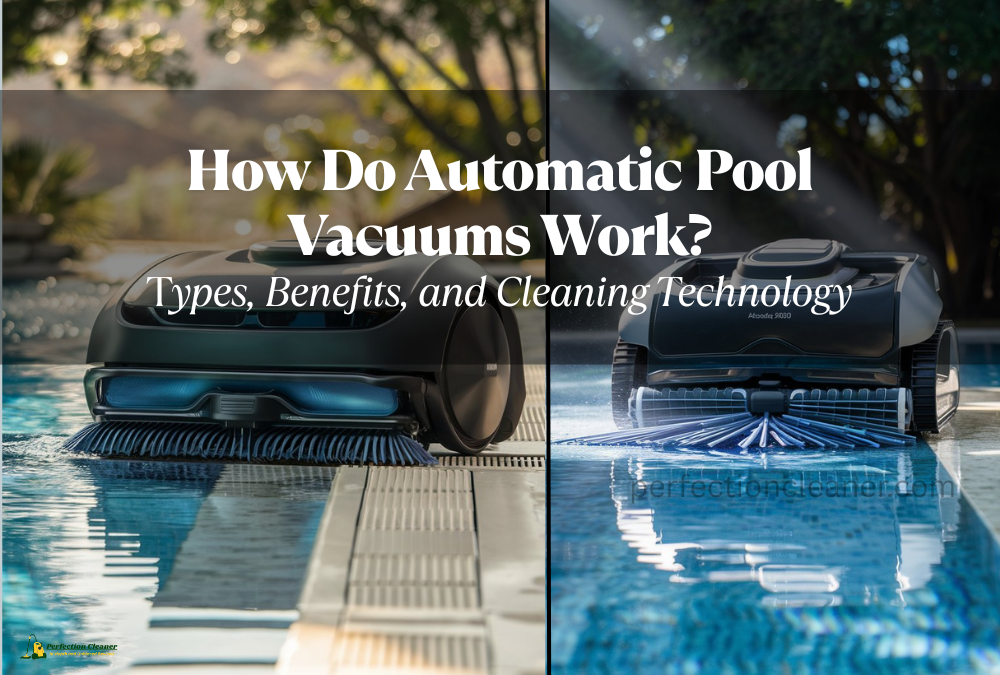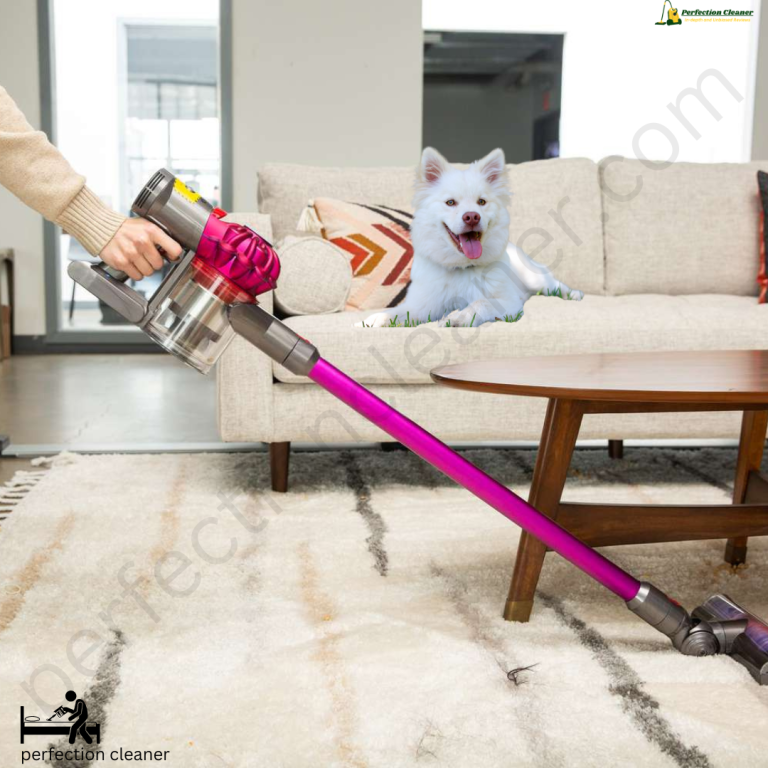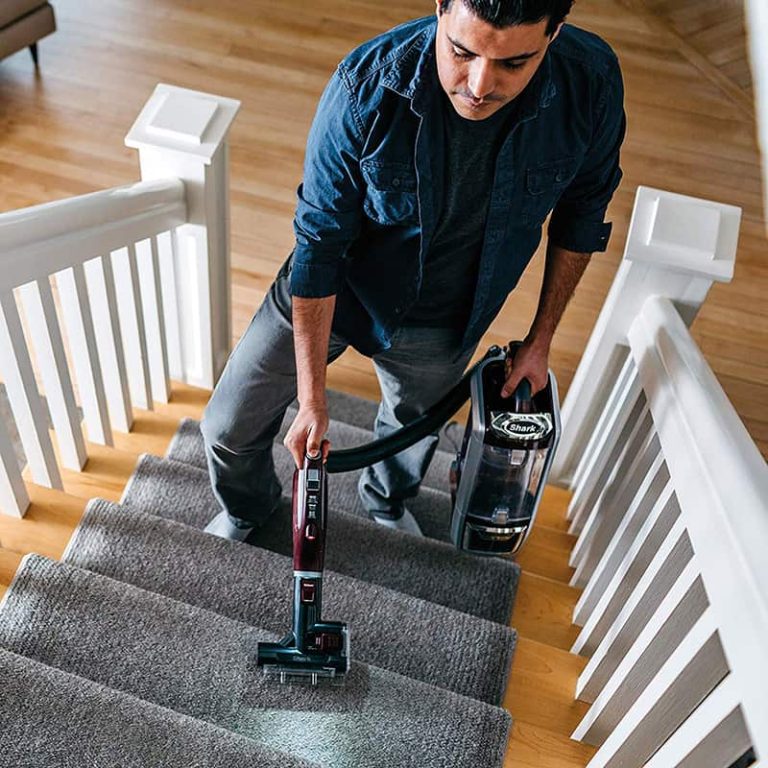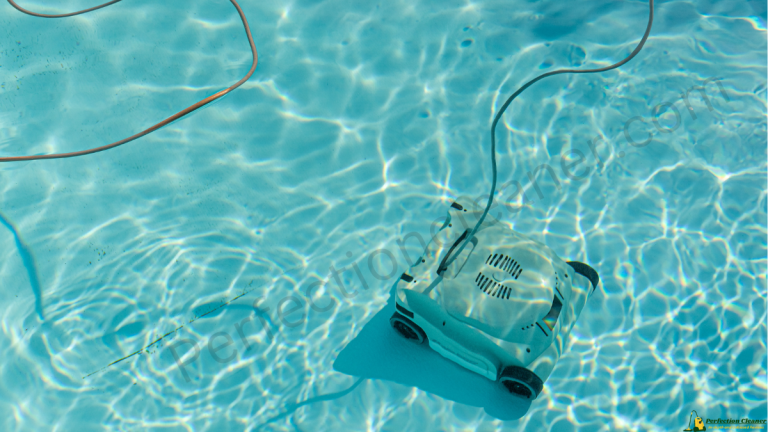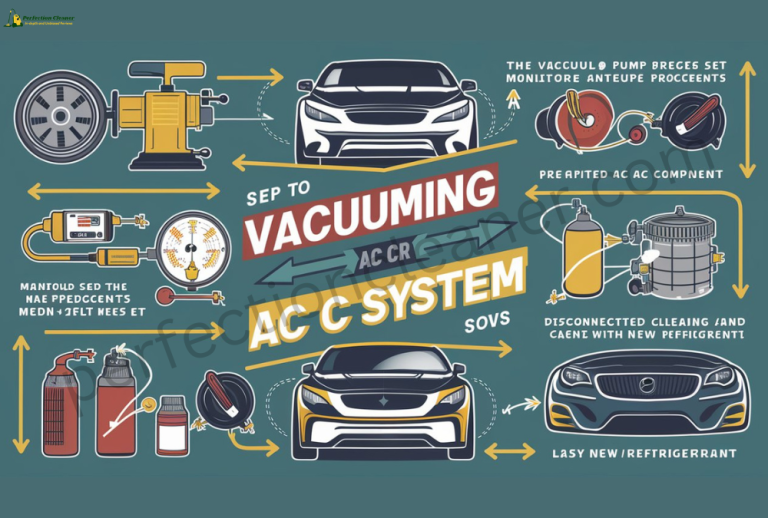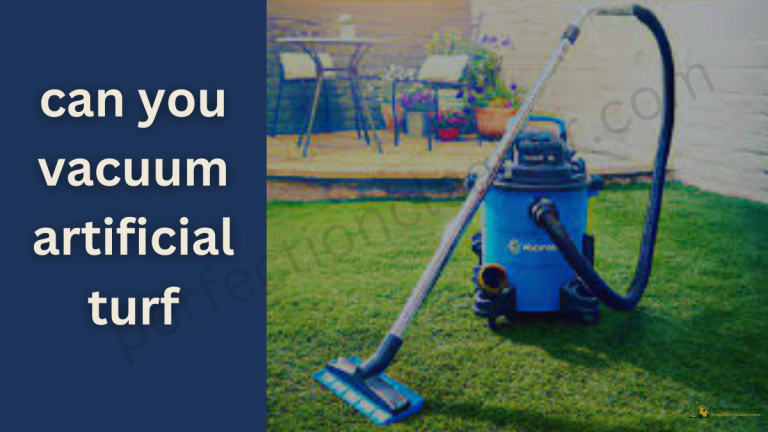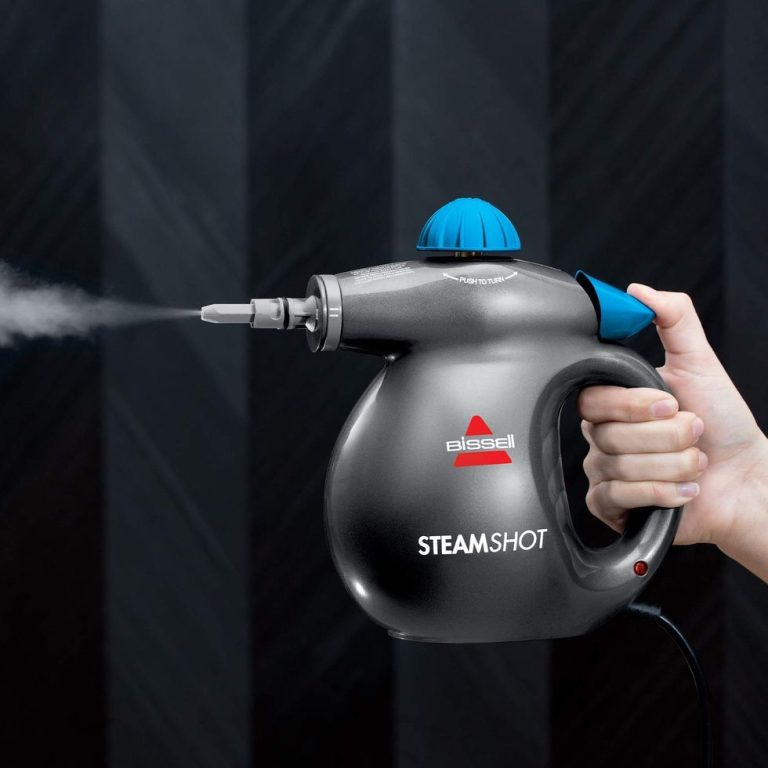How Do Automatic Pool Vacuums Work? Full Guide to Types, Benefits, and Cleaning Technology
Keeping a swimming pool clean is essential for both hygiene and aesthetics. Manual pool cleaning can be exhausting and time-consuming. That’s where automatic pool vacuums come in, a game-changing solution for pool maintenance. Whether you own an in-ground or above-ground pool, understanding how these intelligent cleaners work will help you choose the right one for your needs.
How Do Automatic Pool Vacuums Work?
Automatic pool vacuums are designed to clean your pool with minimal human intervention. These machines use suction, pressure, or motor-driven systems to move around the pool and collect debris. The cleaner connects to your pool’s filtration system or operates independently, depending on the model.
At their core, automatic pool vacuums are machines designed to clean your pool with minimal supervision. These devices move independently across the pool floor and often up the walls, using wheels, tracks, or jet propulsion systems. As they move, they collect debris through suction or pressure mechanisms and direct it to either the pool’s filtration system or an internal debris container, depending on the model. Robotic vacuums take this a step further by incorporating intelligent navigation systems that map out your pool to ensure thorough, methodical cleaning.
These vacuums typically work in cycles, lasting anywhere from 1 to 4 hours, and many models include timers or remote-control functionality. Thanks to innovations in design and automation, pool owners can now rely on these machines to perform regular, consistent cleaning with high efficiency and minimal oversight.
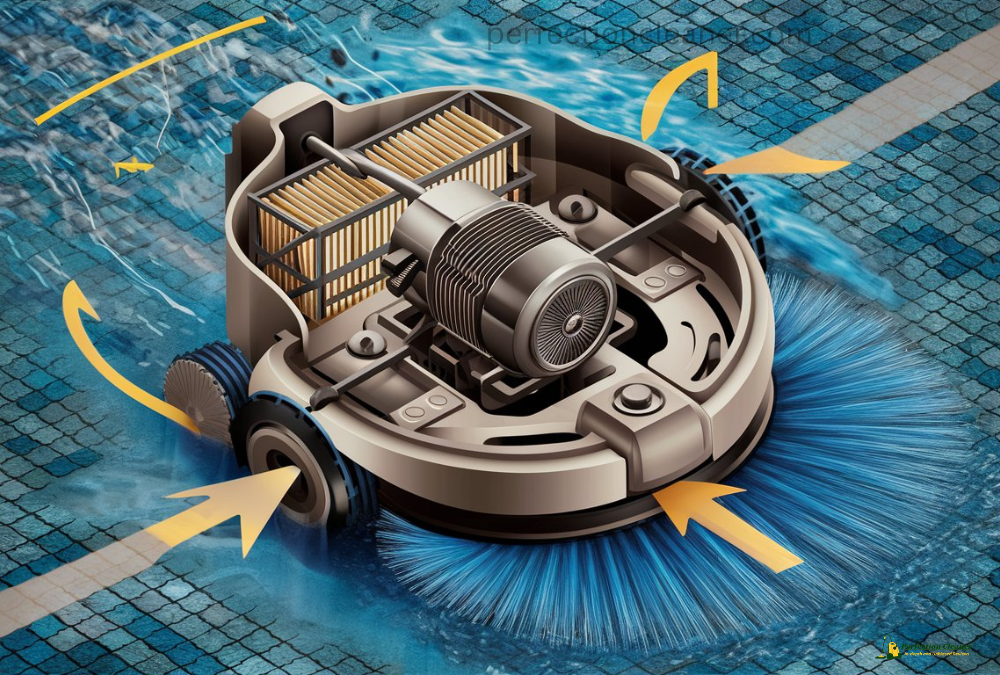
Here’s how the general mechanism works:
- Mobility: The unit moves around the pool floor and walls either randomly or through pre-set navigation patterns.
- Debris Collection: As it moves, the vacuum pulls in dirt, leaves, sand, and even algae.
- Filtration: Depending on the model, debris is either pushed to the pool’s filter or collected in a built-in canister.
- Automation: Sensors or timers may be used to optimise cleaning routes and stop the cleaner when the job is done.
The sophistication of the operation depends on the type of robotic, suction-side, or pressure-side. We’ll break these down in the next section.
Types of Automatic Pool Vacuums
Automatic pool vacuums come in three main categories: suction-side, pressure-side, and robotic. Each type has its own cleaning mechanism, setup process, and advantages based on your pool size, shape, and debris load.
1. Suction-Side Pool Cleaners
These attach to the suction line of your pool system and use the pool pump to create suction.
Suction-side vacuums are the most basic and cost-effective type. They connect to your pool’s existing filtration system via the skimmer or a dedicated suction line. These vacuums use the pool pump’s suction power to move around the pool and suck up debris, which is then deposited directly into the pool’s filter. Although they are affordable and simple to install, they rely heavily on the pool’s filter system, which can lead to increased wear and tear over time. Suction-side vacuums are ideal for smaller pools with light to moderate debris like sand, dirt, and bugs.
Pros:
- Budget-friendly
- Simple design and easy to use
Cons:
- Relies on your pool’s filtration system
- Less powerful than other types
2. Pressure-Side Pool Cleaners
These connect to the return side of your pool’s pump system and use water pressure to move and collect debris.
Pressure-side vacuums use the water pressure from your pool’s return jet (or a dedicated booster pump) to power the cleaner. These models often have their debris collection bags, which means they don’t put additional strain on your pool filter. They’re particularly effective at picking up larger debris such as leaves, twigs, and acorns, making them a popular choice for pools located near trees. While pressure-side cleaners are generally more powerful than suction-side models, they can also be more expensive and complex to install, especially if a booster pump is required.
Pros:
- Excellent for large debris
- Independent debris bag
Cons:
- Often requires a booster pump
- Higher maintenance
3. Robotic Pool Cleaners
These operate independently using their power supply and built-in filter.
Robotic vacuums are the most advanced and user-friendly option. They operate completely independently of your pool’s pump and filter system and plug directly into a standard electrical outlet. These vacuums come equipped with onboard motors, navigation systems, and internal filters. They are capable of scrubbing floors, walls, and even the waterline while collecting all types of debris, from fine dust to large leaves, into a built-in canister. Robotic models often include smart features such as app control, programmable schedules, and efficient cleaning algorithms. Though they come with a higher upfront cost, their performance, energy efficiency, and ease of maintenance make them the most popular choice among modern pool owners.
Pros:
- Highly efficient
- Built-in smart navigation
- Saves energy
Cons:
- Most expensive option
- Requires regular cleaning of the filter canister
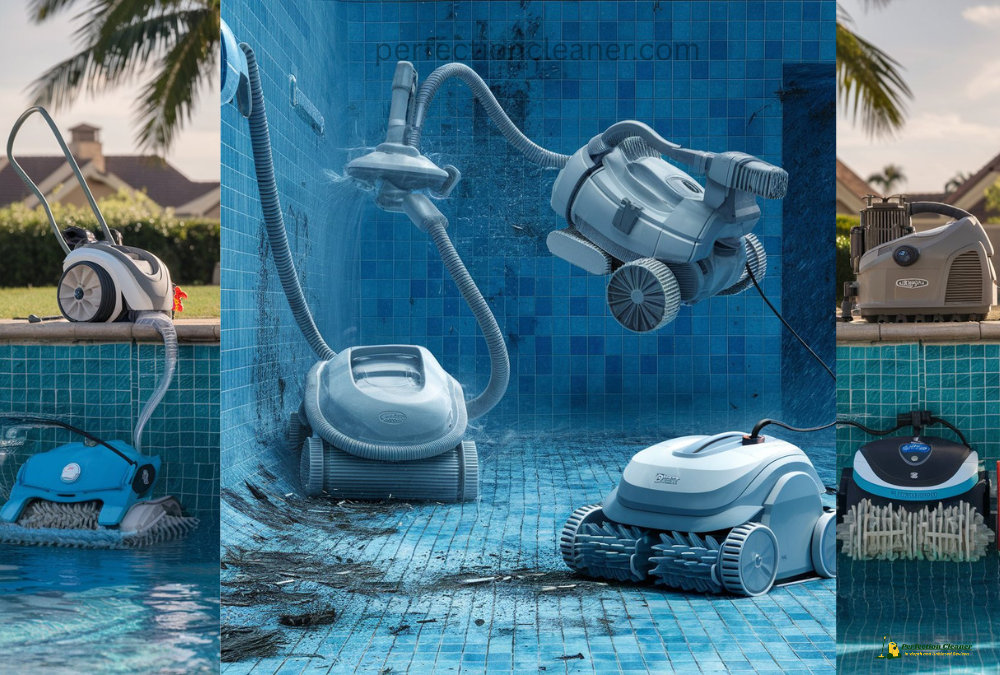
Comparison Table: Suction vs Pressure vs Robotic Vacuums
| Feature | Suction-Side | Pressure-Side | Robotic |
|---|---|---|---|
| Power Source | Pool pump | Water pressure | Electrical |
| Filter System | Pool filter | Internal bag | Built-in canister |
| Ideal Debris Type | Small debris | Large debris | All types |
| Price Range (USD) | $100–$400 | $200–$600 | $500–$1500 |
| Maintenance Need | High | Medium | Low |
| Cleaning Coverage | Floor Only | Floor + Partial Walls | Floor + Walls + Waterline |
| Ease of Use | Basic | Moderate | Very Easy |
How Each Type Works: Step-by-Step
Suction-Side
- Connects to the pool’s skimmer or suction port
- The pool pump creates suction
- Cleaner moves randomly, sucking debris into pool’s filter
Suction-side cleaners operate using the pool’s pump. When connected to the skimmer or a dedicated suction port, water is pulled through the hose and vacuum head, creating suction. This force pulls debris up from the pool floor and directs it through the vacuum’s piping to your pool’s filtration system. The cleaner itself moves randomly across the surface, relying on water flow for propulsion.
Some advanced suction vacuums come with gear-driven wheels or footpads that allow for better coverage. However, since all debris ends up in your pool filter, this type of vacuum is best for pools that are not heavily littered with large debris. Overloading the filter may lead to clogs and reduced pump efficiency.
Pressure-Side
- Connects to return jet or booster pump
- Water pressure propels cleaner
- Debris is swept into attached filter bag
Pressure-side vacuums work differently. They harness the water pressure from the return jets, not suction. This pressure powers wheels or jets on the cleaner, which propel it around the pool. The high-speed water flow stirs up debris from the pool floor, while a separate intake mechanism collects the floating debris into an attached filter bag.
Some models require a booster pump to generate enough pressure. Because debris is collected in a separate bag, pressure-side cleaners reduce the load on your pool filter system, extending its life. These cleaners are excellent for removing medium to large debris like acorns and twigs.
Robotic
- Plug it into an outlet and place it in the pool
- Built-in motor powers movement and suction
- Brushes scrub surfaces while the filter captures debris
- Smart sensors optimise the cleaning path
Robotic cleaners function independently of your pool’s plumbing and filtration systems. These units plug into a power source and operate using low-voltage electricity. A built-in motor drives the cleaner’s movement while another motor controls suction. Debris is pulled through a bottom intake valve and stored in an onboard filter or cartridge.
Modern robotic cleaners are equipped with smart sensors and gyroscopic mapping to efficiently clean the pool in organised patterns. They often scrub floors, walls, and even climb steps or clean waterlines. Some high-end models offer Wi-Fi connectivity, smartphone controls, and scheduled cleanings, making robotic vacuums the ultimate tool for busy homeowners who want a “set it and forget it” solution.
Core Components & Technology
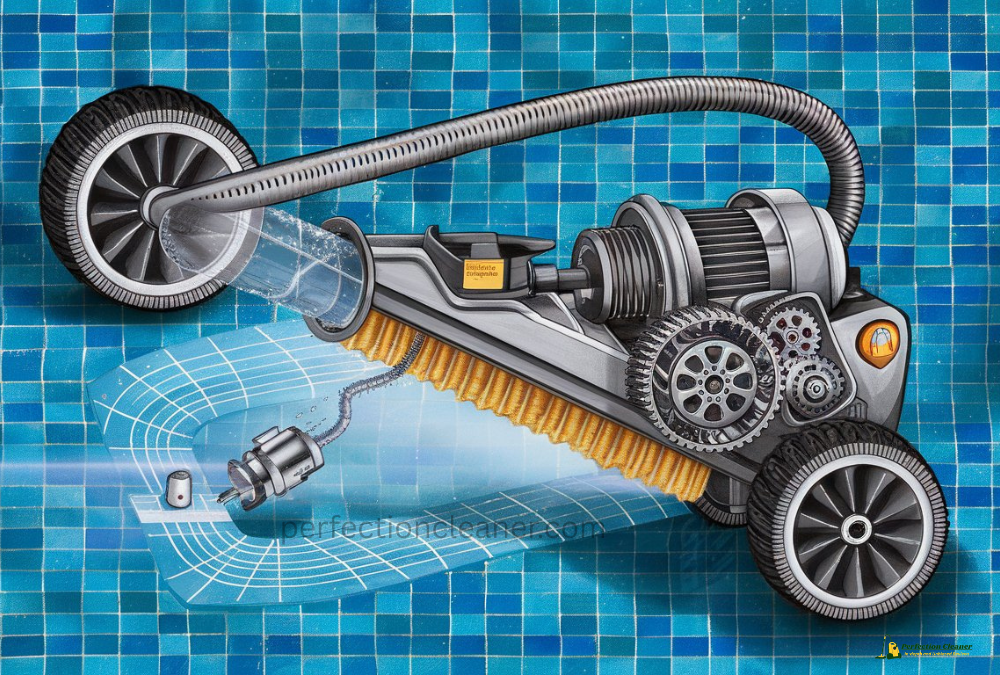
- Drive System: Wheels or treads for mobility
- Vacuum Intake: Opening that sucks in debris
- Pump (for robotic): Powers suction and navigation
- Filter Canister/Bag: Collects debris
- Smart Navigation (robotic): Uses gyroscopes or sensors
Advanced models may include Bluetooth/Wi-Fi for remote operation and scheduling.
| Component | Purpose |
|---|---|
| Hose or Cord | Transfers water or power (cord for robotic units; hose for suction/pressure) |
| Motor Unit | Powers the movement and suction (mainly in robotic cleaners) |
| Wheels/Tracks | Facilitates movement across pool surfaces |
| Debris Bag/Cartridge | Collects and stores debris during operation |
| Suction Intake | Entry point for debris |
| Drive Mechanism | Gear or motor system for controlling directional movement |
| Filter System | Robotic vacuums have built-in filters; others rely on pool filtration |
Each component plays a key role in ensuring your pool vacuum operates efficiently and delivers clean, clear water.
Installation Tips for Each Type
Suction-Side
- Connect the hose to your skimmer.
- Prime the hose to remove air.
- Attach the cleaner and lower it into the water.
- Turn on the pump to initiate suction.
Pressure-Side
- Connect to a return jet or booster pump.
- Install the filter bag and verify water flow.
- Adjust the tail sweep for optimal movement.
Robotic
- Plug into a GFCI-protected outlet.
- Drop the unit into the pool.
- Select a cleaning cycle or schedule using the control panel or app.
Key Features to Look for When Buying
When shopping for an automatic pool vacuum, not all models are created equal. Consider the following must-have features to match your specific needs:
✅ Energy Efficiency
Look for models that use low-voltage systems or energy-efficient pumps. Robotic vacuums generally consume the least power because they operate independently from your pool’s filtration.
✅ Wall-Climbing Ability
Many robotic models offer full-wall cleaning, reaching up to the waterline. This is essential for comprehensive maintenance.
✅ Debris Type Compatibility
Some vacuums are better at picking up fine particles like sand, while others are ideal for larger debris. Choose according to your environment.
✅ Smart Technology
High-end robotic vacuums come with scheduling features, remote control via apps, and even mapping tech that remembers the layout of your pool for smarter cleaning.
✅ Ease of Maintenance
Look for easy-access filter canisters or self-cleaning brushes. Some units offer a top-load design for quick emptying of debris.
Evolution of Pool Vacuums
- 1930s: First manual suction cleaners developed
- 1960s: Pressure-side models introduced
- 2000s–Present: Rise of robotic cleaners with smart mapping, AI sensors, and app control
Benefits & Drawbacks
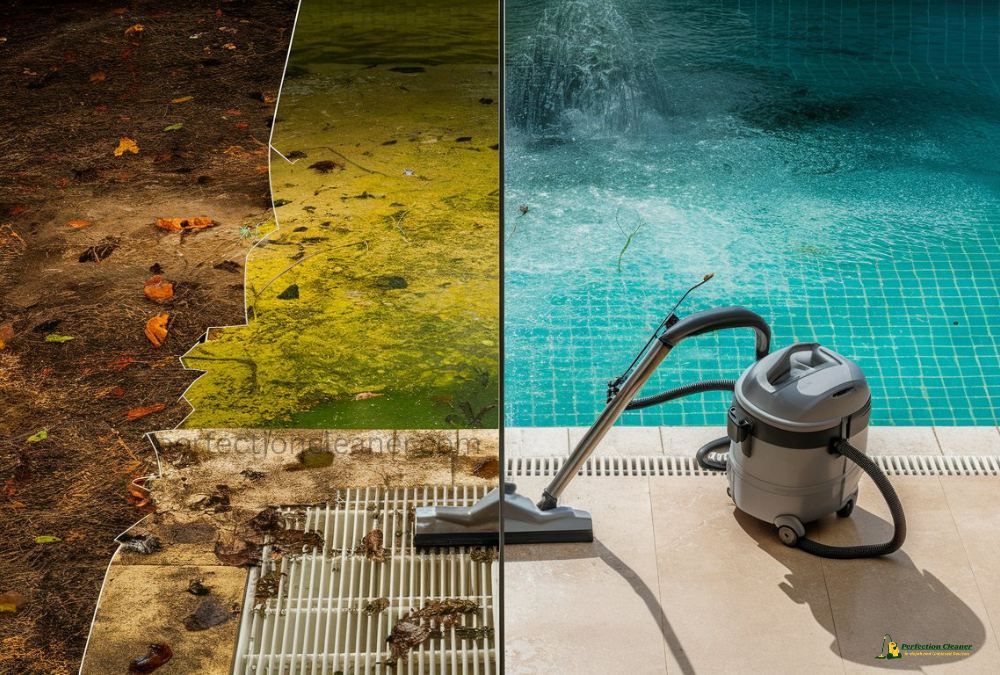
Benefits
Automatic pool vacuums bring several advantages to homeowners:
- Saves Time: Cleans your pool automatically while you focus on other tasks.
- Reduces Manual Labour: No need to brush, vacuum, or net the pool manually.
- Consistent Cleaning: Ensures regular maintenance, preventing algae growth or buildup.
- Improves Water Circulation: Helps distribute chemicals and prevents stagnation.
- Energy Efficiency (in some models): Robotic vacuums save on filtration-related energy costs.
- Long-Term Cost Savings: By extending the lifespan of your filtration system and minimising chemical use.
Drawbacks
Despite their benefits, automatic pool vacuums may not be perfect for every situation:
- Higher Initial Costs: Robotic vacuums can be expensive upfront.
- Maintenance Required: Hoses, brushes, and filters need regular cleaning or replacement.
- Compatibility Issues: Some vacuums may not work well with certain pool shapes or surfaces.
- Electrical Dependency (Robotics): Requires access to a safe electrical outlet and proper voltage.
| Feature | Benefit | Drawback |
| Cost | Time-saving investment | High upfront cost |
| Maintenance | Keeps water clean automatically | Needs periodic servicing |
| Efficiency | Cleans walls, floors, steps | May miss corners (cheap ones) |
Buying Guide: What to Look For
- Pool Size & Shape
- Type of Debris (leaves vs. sand)
- Filtration System Compatibility
- Budget
- Smart Features (Wi-Fi, timers)
- Ease of Use & Maintenance
Top U.S. Models
- Dolphin Nautilus CC Plus
- Polaris Vac-Sweep 360
- AIPER Seagull SE (Cordless)
Maintenance Tips
- Empty Debris Bags Regularly: Especially after storms or heavy use.
- Clean Filters and Brushes: Rinse thoroughly every few uses.
- Check Hose Connections: Ensure there are no leaks or air bubbles.
- Inspect Tracks/Wheels: Clean them often to prevent jamming.
- Store Properly: Avoid leaving units in direct sun or pool water for extended periods.

Pro Tips for Optimal Performance
- Run your cleaner during off-peak hours (early morning or late evening) to avoid swimmers.
- Always backwash or clean the pool filter after multiple cleaning cycles.
- Use a pool cover during windy days to reduce debris load.
- Avoid using robotic vacuums during shock treatments or after heavy chemical use.
Conclusion
Automatic pool vacuums are a must-have tool for modern pool owners. They not only make pool maintenance easier but also improve water quality and equipment lifespan. By understanding how each type works and evaluating your needs, you can select the perfect model to enjoy a clean, sparkling pool all season long.
Ready to invest in a pool vacuum? Consider your pool size, debris type, and budget, and let automation handle the dirty work.
Frequently Asked Questions (FAQs)
1. Do robotic pool vacuums work on all surfaces?
Most high-end models are designed for all pool surfaces, like vinyl, fibreglass, concrete, and tile. However, always check the manufacturer’s compatibility notes.
2. How often should I run my automatic pool vacuum?
For regular use, 2–3 times a week is sufficient. In peak swimming season or after storms, daily use may be beneficial.
3. Can I leave my pool vacuum in the pool all the time?
Suction and pressure-side vacuums are often left in the pool, but robotic models should be removed after each use to prolong motor life and prevent wear from chemicals.
4. Do automatic vacuums replace manual cleaning completely?
Mostly, yes—but occasional manual brushing of steps, corners, or hard-to-reach areas may still be needed.
5. Are there cordless robotic vacuums?
Yes! Several brands now offer rechargeable, cordless robotic vacuums with up to 90–120 minutes of runtime per charge, ideal for convenience and safety.

